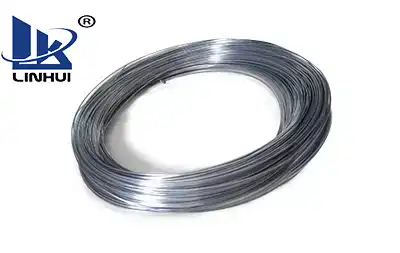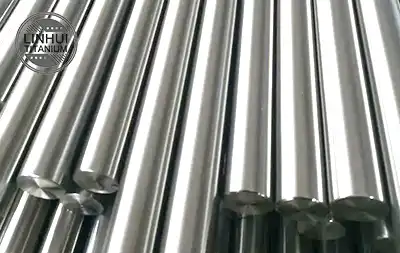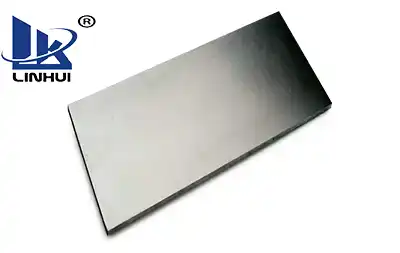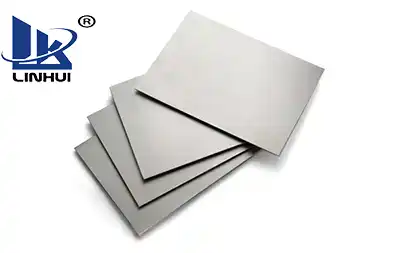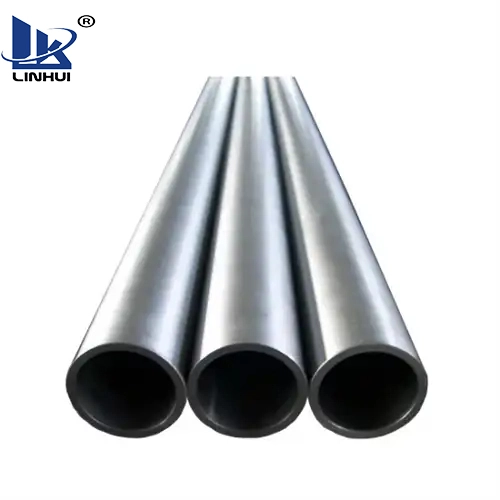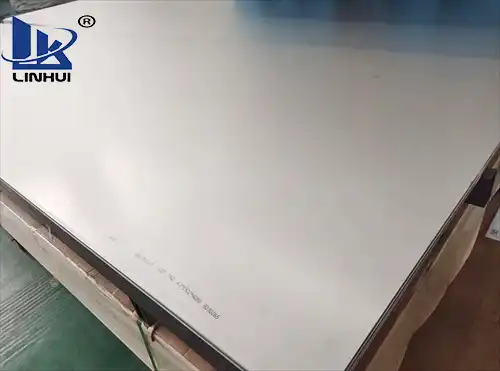Titanium is very stable in the air at room temperature, when heated to 400 ~ 550 ℃, it generates a layer of solid oxide film on the surface, to prevent further oxidation of the protective effect. Titanium absorption of oxygen, nitrogen, and hydrogen is very strong, this kind of gas is very harmful to the metal titanium impurities, even if the content is very small (0.01% ~ 0.005%) can also seriously affect its mechanical properties.
In titanium compounds, titanium dioxide (TiO2) is the most practical value. ti02 is inert to the human body, non-toxic, and has a series of excellent optical properties. ti02 opaque, gloss and whiteness, refractive index and scattering power, strong hiding power, good dispersion, made of pigments for the white powder, commonly known as titanium dioxide, is widely used. The appearance of titanium rods and steel is very similar to the density of 4.51 g / cm 3, less than 60% of steel, refractory metals in the lowest density of the metal elements. The mechanical properties of titanium that is commonly known as mechanical properties and purity is very relevant. High-purity titanium has excellent machinability, elongation, and section shrinkage are good, but low strength, and not suitable for structural materials. Industrial pure titanium contains a moderate amount of impurities, has high strength and plasticity, suitable for making structural materials.
Titanium alloys have low strength and high plasticity, medium strength, and high strength, for 200 (low strength) ~ 1300 (high strength) MPa, but generally can be regarded as high-strength alloys. They have a higher strength than aluminum alloys, which are considered medium-strength and can completely replace certain types of steel in terms of strength. Compared with aluminum alloys, which lose strength rapidly at temperatures above 150°C, some titanium alloys maintain good strength at 600°C.
Dense metal titanium due to its lightweight, higher strength than aluminum alloys, can be maintained at higher temperatures than aluminum for its high strength and by the aviation industry attaches great importance to. In view of the density of titanium for 57% of steel, its specific strength (strength/weight ratio or strength/density ratio is called specific strength) is high, corrosion, oxidation, and fatigue resistance are strong, titanium alloys, 3 / 4 used for aerospace structural alloys as a representative of the structural materials, 1/4 is mainly used as corrosion-resistant alloys. Titanium alloy has high strength and small density, good mechanical properties, toughness, and corrosion resistance is very good. In addition, titanium alloy process performance is poor, and cutting and processing difficulties, in thermal processing, very easy to absorb impurities such as hydrogen, oxygen, nitrogen, and carbon. There is also poor abrasion resistance, the production process is complex. The industrialized production of titanium was started in 1948. The needs of the aviation industry developed so that the titanium industry to an average annual growth rate of about 8% development. At present, the world’s annual output of titanium alloy processing materials has reached more than 40,000 tons of titanium alloy grade of nearly 30 kinds. The most widely used titanium alloy is Ti-6Al-4V (TC4), Ti-5Al-2.5Sn (TA7), and industrial pure titanium (TA1, TA2, and TA3).
There are 3 kinds of heat treatment processes for titanium rods and titanium alloy rods as follows:
1. solid solution treatment and aging: the purpose is to improve its strength, α titanium alloy, and stable β titanium alloy can not be strengthened through heat treatment, in the production of only annealing. α + β titanium alloy and contains a small amount of α phase of the sub-stable β titanium alloy can be solid solution treatment and aging to make the alloy further strengthened.
2. Stress relief annealing: the purpose is to eliminate or reduce the residual stress generated during processing. Prevent chemical attacks and reduce deformation in some corrosive environments.
3. Complete annealing: the purpose is to obtain good toughness, improve machinability, be conducive to re-machining as well, and improve the stability of the size and organization.






